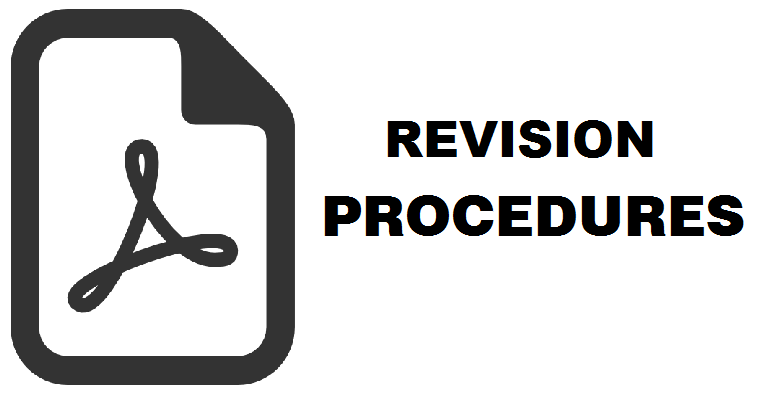Karakter Geoarkeologis dan Proses Budaya Prasejarah Zona Poros Ponjong – Rongkop di Blok Tengah
Jarwo Susetyo Edy Yuwono(1*), Suprapto Dibyosaputro(2), Tjahyo Nugroho Adji(3)
(1) Fakultas Geografi Universitas Gadjah Mada, Yogyakarta, Indonesia
(2) Fakultas Geografi Universitas Gadjah Mada, Yogyakarta, Indonesia
(3) Fakultas Geografi Universitas Gadjah Mada, Yogyakarta, Indonesia
(*) Corresponding Author
Abstract
ABSTRAK Penelitian ini dilakukan di Zona Poros Ponjong - Rongkop, yaitu bagian dari Blok Tengah Gunungsewu di Pegunungan Selatan Jawa, yang posisinya diapit oleh dua depresi bekas danau purba, yaitu Ledok Wonosari dan Ledok Baturetno. Morfologinya berupa punggungan perbukitan karst berarah utara-selatan antara daerah Ponjong dan Rong-kop, membentuk semacam poros hampir tegak lurus terhadap bentangan umum Gunungsewu. Bagian paling utara ber-batasan dengan pegunungan non-karst dan memiliki topografi tertinggi di Blok Tengah Gunungsewu, sehingga menjadi wilayah hulu bagi sungai-sungai bawahtanah di Gunungkidul. Melalui beberapa survei ditemukan sejumlah 56 gua yang memiliki potensi arkeologis, tujuh di antaranya sudah diekskavasi dan terbukti menyimpan jejak-jejak hunian prase-jarah dari Kala Pleistosen Akhir - Holosen Awal. Pendekatan geoarkeologis sebagai studi gabungan antara arkeologi dan geomorfologi, dilakukan untuk membangun model-model integral mengenai hubungan sistematik antara manusia dengan bentanglahan karst Gunungsewu di area penelitian. Dua hal yang menjadi tujuan utama penelitian ini adalah: Pertama, menjelaskan karakter geoarkeologis Zona Poros Ponjong - Rongkop sebagai perpaduan antara aspek-aspek geomorfologis (morfologi, morfogenesis, morfokronologi, dan morfoaransemen) dan aspek-aspek arkeologis (distri-busi gua dan potensi arkeologisnya). Tujuan ini dicapai melalui penilaian dan pemetaan distribusi potensi gua sebagai situs arkeologis, kemudian menganalisis hubungannya dengan aspek-aspek geomorfologis setempat. Kedua, menjelas-kan proses budaya prasejarah, yaitu bentuk dinamis dari budaya penghunian gua beserta faktor-faktor yang mempen-garuhinya. Metode untuk mencapai tujuan ini adalah dengan menganalisis konteks data arkeologis dan stratigrafi lantai gua yang pernah diekskavasi. Sintesis kajian atas kedua capaian tujuan ini memberikan penjelasan integral atas karakter geoarkeologis dan proses budaya prasejarah di area penelitian, dalam konteks dan perubahan bentanglahan, pembentu-kan dan perubahan situs, serta konteks stratigrafi.
ABSTRACT This thesis presents results of geoarchaeological research conducted in the Ponjong - Rongkop Axis Zone which is situated in the Central Block of Gunungsewu, a karstic area of the southern mountains of Java. This zone run north to south from Ponjong to Rongkop Districts forming an axis nearly perpendicular to the general orientation of Gunungsewu and is flanked by two former ancient lake depressions, the so-called Wonosari Basin and Baturetno Basin. Geomorphologically, it consists of a hilly karstic area. At the northern end lays a non-karst mountain which becomes the highest topography in the Central Block of Gunungsewu and the upstream region for the underground rivers of the Southern Mountains (Gunun-gkidul). Surveys in the zone has located at least 56 caves bearing archaeological potential. Seven of them were excavated and the results demonstrate prehistoric human occupation from the Late Pleistocene to Early Holocene. This research is addressed to contruct a model for human and landscape relationship in the Ponjong - Rongkop Axis Zone. Geoarchaeolog-ical approach, as an interdiciplinary study involving archaeology and geomorphology, is carried out to attain the research objectives which are two folds. Firstly, to explain the geoarchaeological character of the Ponjong - Rongkop Axis Zone that have been formed as a combination of some geomorphological aspects (morphology, morphogenetic, morphochronology, and morpho-arrangement) and archaeological aspects (distribution of caves with archaeological potential). This objective is achieved through assesment and mapping of the potential caves in the zone with regard to the local geomorphological aspects. Secondly, to explain the process of prehistoric culture, namely the cultural dynamic of the occupied caves and factors that influenced it. To attain this second objective, contextual analysis of the archaeological data and its stratigraphy which have been obtained from the archaeological excavations are conducted. Synthesis of the geoarchaeological characters and prehistoric cultural process provides an integrated explanation on the relationship between human and landscape in the re-search area as shown in three aspects: the landscape context and its changes, the formation and changes of the archaeological sites as well as the stratigraphic context.
Keywords
Full Text:
PDF (Bahasa Indonesia)Article Metrics
Refbacks
- There are currently no refbacks.
Copyright (c) 2016 Majalah Geografi Indonesia

This work is licensed under a Creative Commons Attribution-ShareAlike 4.0 International License.
Volume 35 No 2 the Year 2021 for Volume 39 No 1 the Year 2025
ISSN 0215-1790 (print) ISSN 2540-945X (online)








